Ensuring the long-term safe operation of pressure vessels is a complex process involving multiple considerations, including design, material selection, operation management, inspection and maintenance. Each link is crucial, and any negligence may lead to safety hazards. The design of pressure vessels must strictly comply with relevant standards and specifications. The design of pressure vessels needs to be comprehensively considered according to the use environment, working pressure, temperature and other conditions to ensure that they have sufficient pressure bearing capacity. The design should follow international standards such as ASME BPVC (American Society of Mechanical Engineers Boiler and Pressure Vessel Code) or domestic standard GB150 (China Pressure Vessel Standard), which have clear requirements for the structural strength, stability and safety of pressure vessels. Designers also need to conduct detailed pressure, temperature, stress and other analyses to ensure that the container will not rupture, deform or other failures under normal use conditions. Redundant design is also a common measure, such as setting safety valves and pressure relief devices to prevent catastrophic consequences caused by excessive pressure.
Selecting the right material is the basis for ensuring the safe operation of pressure vessels. Pressure vessels are often subjected to high temperature and high pressure environments. Therefore, it is crucial to select materials that are resistant to high temperature, corrosion and high compressive strength. Commonly used materials include stainless steel, alloy steel, etc. These materials can not only withstand high temperatures, but also have strong corrosion resistance. For pressure vessels that may be exposed to corrosive environments, special attention should be paid to the corrosion resistance of the materials, and corrosion-resistant materials or coating protection technologies such as epoxy resin coatings and ceramic coatings should be selected to extend the service life of the container and improve safety. The procurement and inspection process of materials should also be strictly controlled to ensure that the selected materials meet the relevant quality standards and avoid accidents caused by material defects.
In addition to design and materials, operation management is also an important part of ensuring the long-term safe operation of pressure vessels. Operators must undergo professional training, be familiar with the working principles and operating procedures of pressure vessels, understand how to start, operate and shut down correctly, and ensure that the equipment operates under appropriate operating conditions. Operators should always pay attention to the pressure changes inside and outside the container and avoid overpressure use, because overpressure will greatly increase the risk of failure of the pressure vessel. Regularly checking the pressure gauge to ensure that the pressure is maintained within the range designed to withstand the container is a basic operating specification that every operator must follow. In terms of temperature management of the container, extra care is also required. The rapid change of temperature of pressure vessels will bring greater stress to the vessels, especially in the case of thermal shock. Therefore, when starting or stopping, avoid rapid heating or cooling to avoid damage to the vessel structure.
In order to ensure that pressure vessels can maintain efficient and safe operation in long-term use, regular inspection and testing are indispensable measures. Regular pressure testing is a basic requirement. Water pressure testing or air pressure testing can be used to check whether the container has leaks or damage to ensure its safety. Non-destructive testing technology (such as ultrasonic, X-ray, magnetic particle testing, etc.) can help check the wall thickness, welding parts and possible cracks or corrosion problems of the container. For some highly corrosive environments, the inspection of the container surface should be strengthened to detect and repair corrosion marks in time. For the internal structure of the pressure vessel, regular cleaning, coating repair and other maintenance work can effectively extend its service life and reduce the possibility of failure.
Maintenance and repair are another key link to ensure the long-term safe operation of pressure vessels. Regular maintenance not only includes checking the operation of important components such as safety valves and exhaust valves, but also requires a comprehensive assessment of the overall condition of the pressure vessel. If cracks, corrosion or loose welding parts are found on the surface of the container, repair measures should be taken immediately or the damaged parts should be replaced. In particular, regular inspection and repair are particularly important in high-risk areas, such as the seams and welding points of the container. As the service life of the pressure vessel increases, some sealing gaskets, safety valves and other parts may age, so these vulnerable parts must be checked regularly and replaced in time.
Risk management is the last line of defense to ensure the safety of pressure vessels. To prevent excessive pressure inside the container, it is necessary to ensure that the container is equipped with appropriate safety valves and pressure relief devices. Once the pressure exceeds the set value, the excess pressure can be automatically released to avoid container rupture. Hazardous factors in the container use environment also need to be strictly evaluated. For example, factors such as high temperature, high humidity, and corrosive gases may accelerate the aging process of the container, so appropriate protective measures need to be configured according to different environments. Formulating and implementing emergency plans are also measures that cannot be ignored. Especially for high-pressure and large-scale pressure vessels, there must be a detailed emergency response process, including pressure relief, fire extinguishing, personnel evacuation and other links, to ensure that they can respond quickly when an emergency occurs.


 English
English русский
русский عربى
عربى

.jpg)
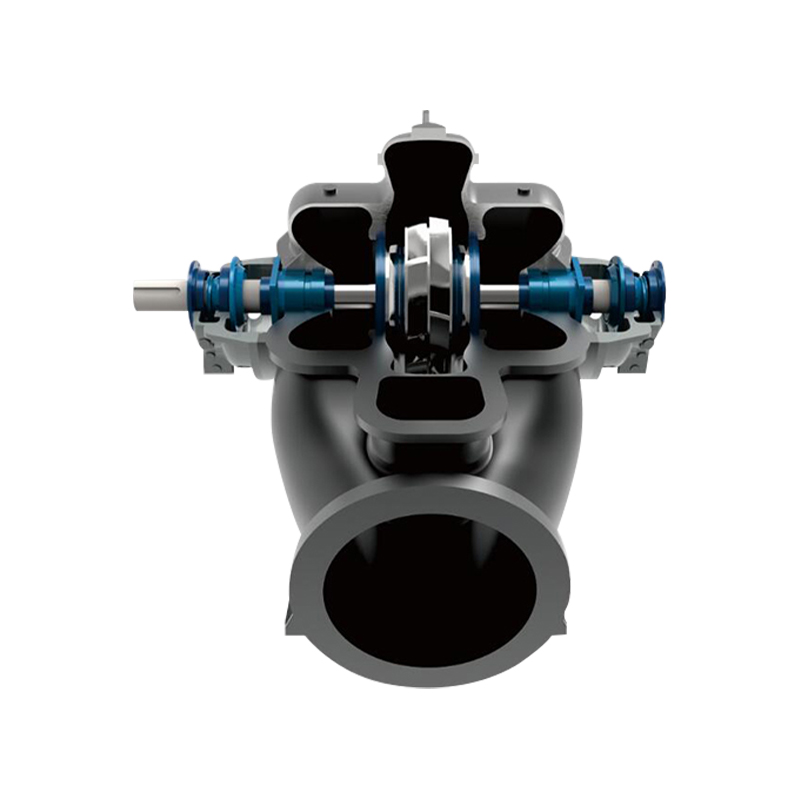
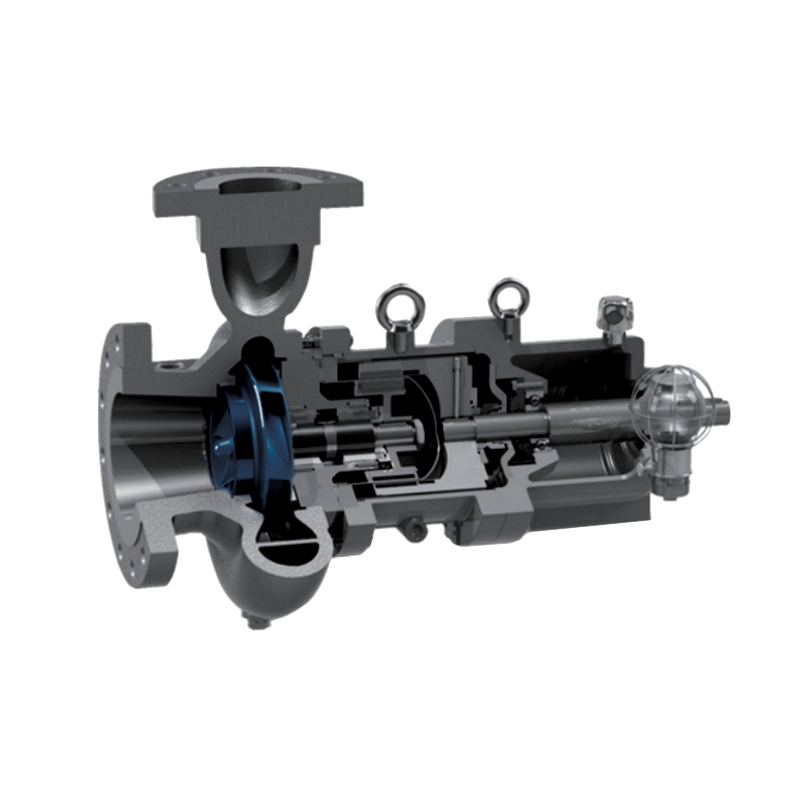
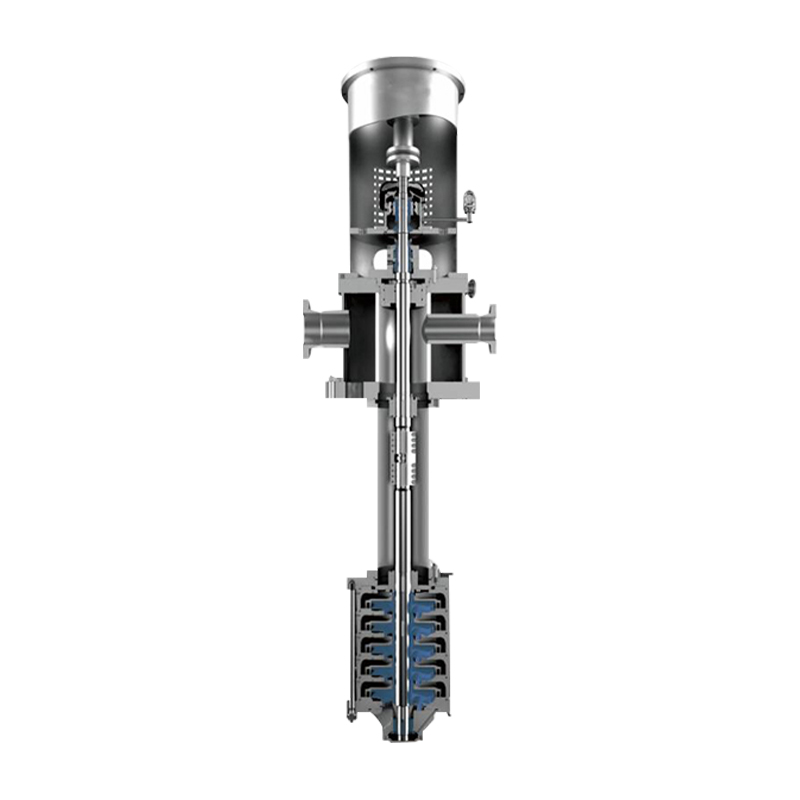
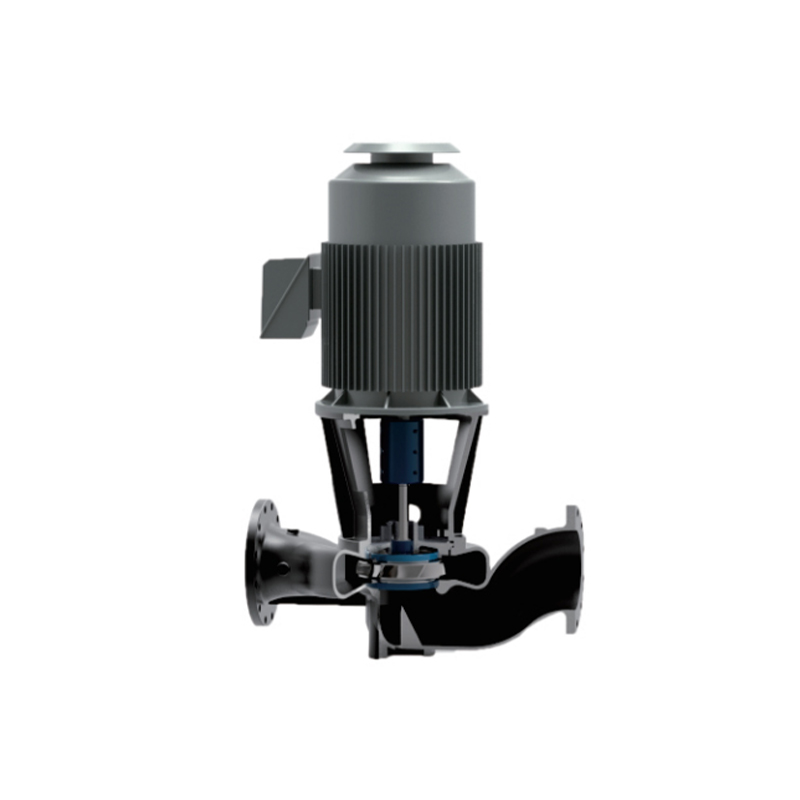
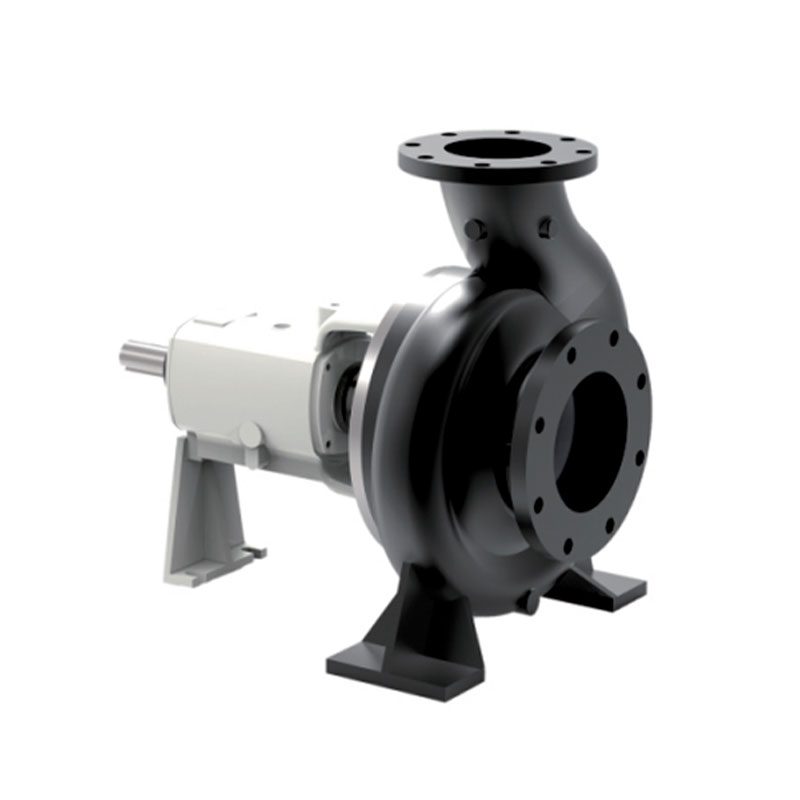
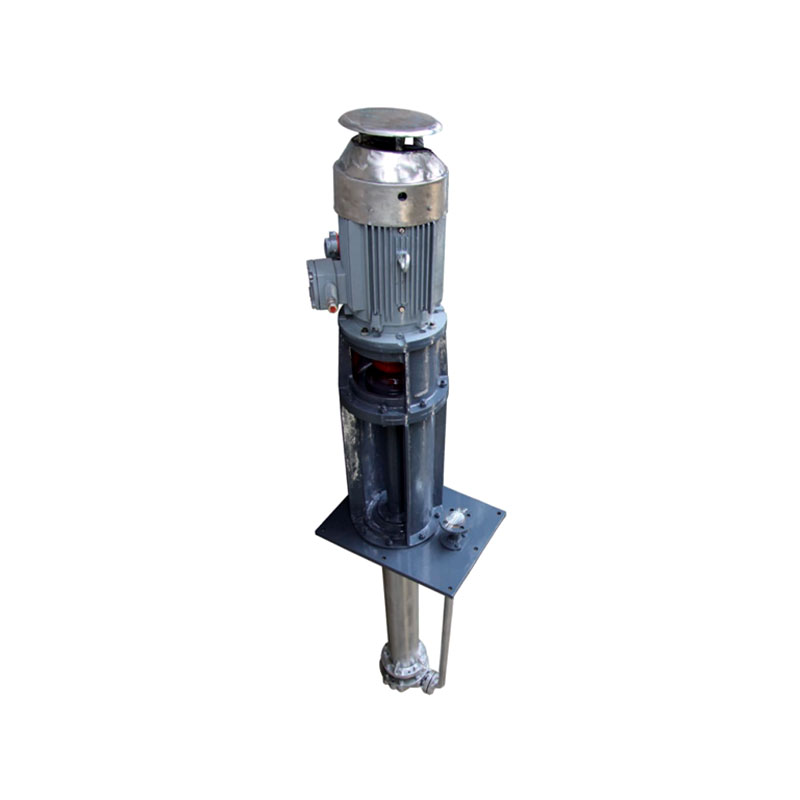
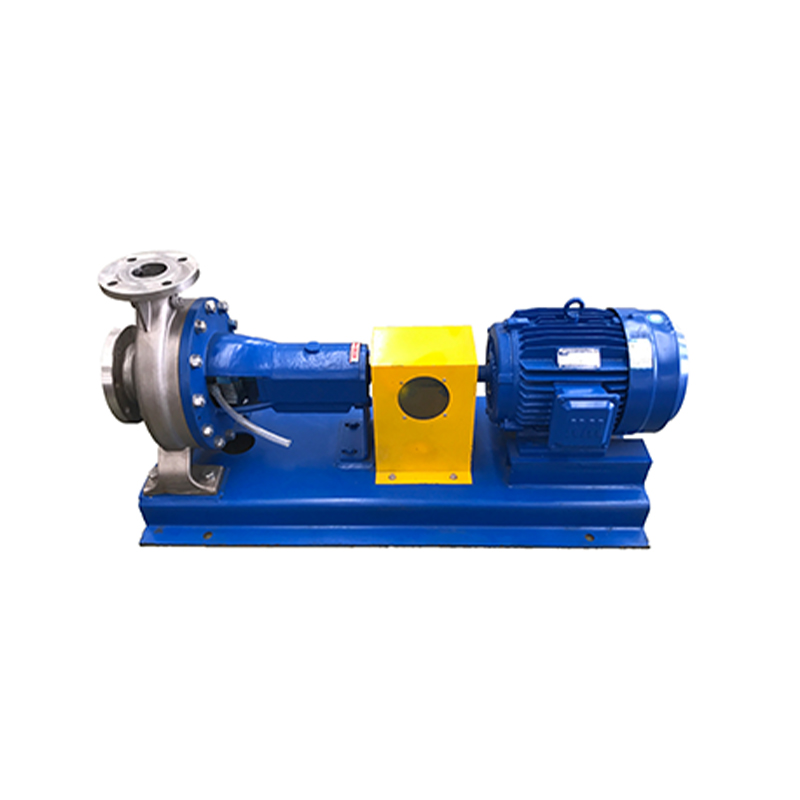

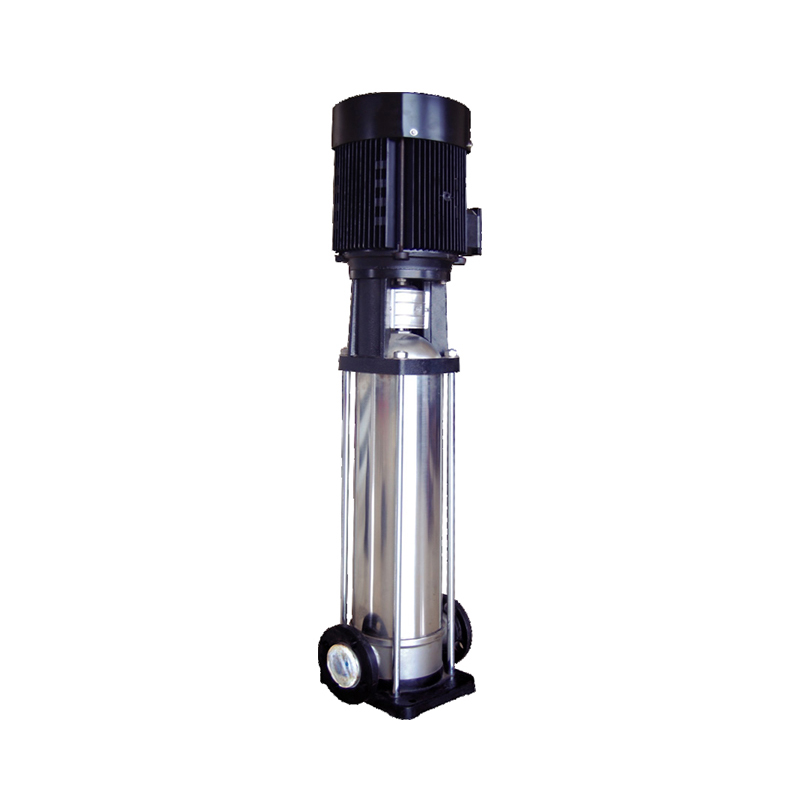






 ENG
ENG

 TOP
TOP